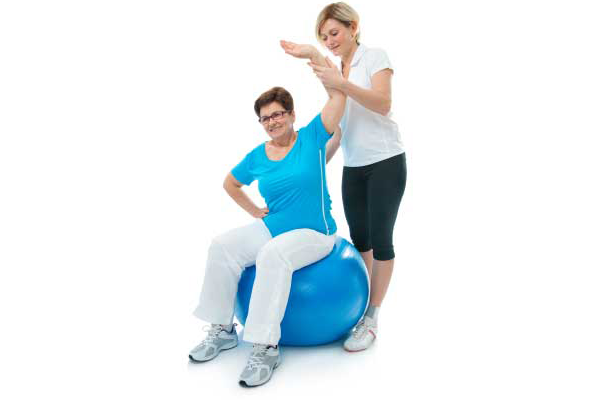Bulimia which is also called as bulimia nervosa, eating disorder or binge-purge behavior is a sickness where a person find himself uncontrolled over the food, he tends to eat over then the normal amount.
In that condition the person acknowledges the food by vomiting or by wrong usage of laxatives on a way to not put up weight.
Causes of bulimia
Bulimia is most seen in women than men, it is high at young women and adolescent girls. The person who is been with bulimia can able to detect themselves abnormal with eating and they feel fear or guilt by their unusual way of eating.
Bulimia effects due to many various reasons it may be because of trauma, genetic, psychological, family background, cultural or society. Indeed there is a not particular belt for this problem.
Symptoms you may note
The first symptom is you may eat in an abnormal way for several times in a day for many continuous months.
- A person with bulimia tries to eat heavy calorie food, usually in secret way. They find themselves uncontrollable to stop eating.
- Bulimia throws a person to feel hatred about their eating habits and weight gain, due to which they try to clean out the food in a compulsion manner of vomiting or by excessive exercise, usage of enemas, diuretics or laxatives. Among in many cases this purging gives the person a kind of relief.
- People with bulimia seeks most often with their normal weight, but they see themselves over-weighted. When the person’s weight is normal he is not suspected as over eating one.
Some other symptoms other people can see are given below.
- Compulsive exercise
- Buying heavy amount of food and one may find it over with in just a small time lapse.
- Going to bathroom right after the meals in a regular manner.
- Throwing away packages of diet pills, laxatives and drugs that cause vomiting or diuretics.
Types of Bulimia
A healthcare professional has to distinguish between the two types of bulimia nervosa before they start treatment.
- Purging type bulimia involves self induced vomiting or the misuse of laxatives, diuretics or enemas to get rid of the body of food eaten during binges before it is digested or metabolized.
- Non purging bulimics is the method to prevent weight gain, such as fasting or over exercising, which is sometimes called exercise bulimia.
Exams and tests
The dental examining that results with cavities or gum infections are caused due to the acid in vomit teeth may lose most of the enamel percentage.
A physical exam may also expose
Broken eye blood vessels, Rashes and blemishes, Mouth dryness, Small cuts over finger joints due to past forcing vomit and Pouch like look to the cheeks. Blood test with the report of showing imbalance in the electrolyte like dehydration or hypokalemia.
Treatments
Bulimia affected people mostly don’t consult doctor unless they have some conditions like anorexia, high depression, when they urge for drugs to stop purging.
- Support groups can help the people with bulimia under mild conditions, who are not having health problems.
- As the first treatment for bulimia, person need to go with nutritional therapy and cognitive behavioral therapy or CBT.
- Antidepressants referred as selective serotonin-reuptake inhibitors (SSRIs) are mostly used for bulimia.
- You need to try many different therapies to sort out the problems of over eating, so don’t give up the treatment in the middle.
Therapy for bulimia
Therapy is the best part of recovery because of poor body image and low self esteem lie at the heart of bulimia. It’s a common feel too isolated and shamed by your binging and purging, and therapists can help with these feelings.
The treatment of choice for bulimia is cognitive behavioral therapy. It targets the unhealthy eating behaviors of bulimia and the unrealistic, negative thoughts that fuel them.
- The first phase is breaking the binge and purge cycle. The treatment focuses on stopping the vicious cycle of binging and purging and restoring normal eating patterns. Learn to monitor your eating habits, avoid situation that trigger binges, cope with stress and in a way that don’t involve food, eat regularly to reduce food cravings, and fight the urge to purge.
- The second phase is changing unhealthy thoughts and patterns. This treatment includes focusing on identifying the change dysfunctional beliefs about weight, dieting and body shape. You can explore the attitudes about eating, the idea that self worth, and rethink on weight.
- The final phase is solving emotional issues. This treatment involves targeting emotional issues that caused the eating disorder in the first place. IT may focus on relationship issues, underlying anxiety and depression, low self-esteem, and feelings of isolation and loneliness.





